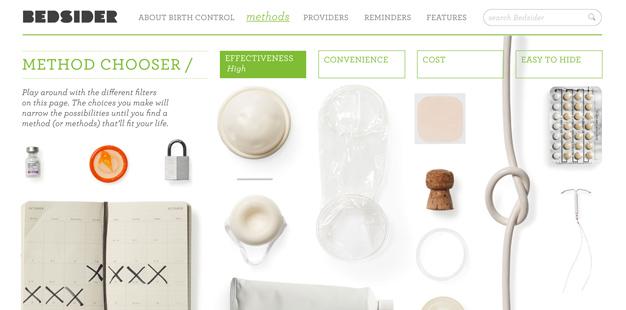Shaped by the interaction of supply and demand, scarcity determines our decisions, as any neoclassical economist will tell you. But economics has gone beyond the neoclassical. Arguing for a more widespread behavioral view, a 2011 paper published by the Center for Global Development adds previously-overlooked psychic factors to better explain how we make decisions. At the top of the list: attention, cognition, self-control, and understanding.
To make the case that a behavioral view could improve development efforts and explain the failure of conventional policies, in Behavioral Design: A New Approach to Policy Development, Saugato Datta and Sendhil Mullainathan survey the field of behavioral economics and explore policy implications in health, education, agricultural policy, and cash-transfer programs. Drawing on varied research, they show how behavioral economics can provide policymakers with innovative solutions to important issues in development. [previous two paragraphs source]
Behavioral approaches put the real world front and center. Its proponents have developed empirical and experimental approaches that enable even the most fine-grained aspects of policy design to be examined. Does this form of experimentation take place at the cost of generalizability? Dig into the debate via a lively exchange in the Boston Review, making sure to click on the different links to see each perspective. For a thoughtful critique that lays out the downside of over-focusing on randomized control trials, see this blog post by Partners in Health’s Paul Farmer.
What, exactly, could a behavioral perspective bring to your efforts to improve healthcare delivery? Let’s get practical, and in doing so draw on a linked thread of research: the study of persuasion.
First, the basics. Check out this short video presenting the main ideas developed by social psychologist Robert Cialdini and colleagues. See minute 7:11 for some interesting tips related to appointment-keeping for patients.
And for a written source, start with this recent blog post — make sure to follow the link to Grant’s work if you find the idea of givers and takers interesting. Then, go to the original HBR article for more detail. Here’s the checklist of six hardwired responses that determine how we influence others, as the blog post explains: Liking; Reciprocity; Social proof; Commitment and consistency; Authority; and Scarcity.
Consider how to harness these ideas, not only directly within your project to serve your partners, but also how your partners could use them to better serve patients and others.
Of course, no theory or principle is useful unless it is applied appropriately. This is where ethics come in, of course, but it’s also where an understanding of the context and the actual users emerges as paramount. To do this, check out the human-centered design approach taken by IDEO. We learned about it from Jose Colucci, Health Lead for the company’s Boston office.
Jose urged us not to forget the patient experience. He argues that by observing consumer and patient behavior, we’re able to identify missed opportunities for change.
And by prototyping ideas early and cheaply, companies and organizations can test and evaluate new products and services with less risk. (Jocelyn Wyatt and Tim Brown explain IDEO’s perspective on social innovation here; Brown’s explanation of design thinking in a 2008 Harvard Business Review article features Aravind Eye Care System, an organization we’ve looked at).
One interesting case study he shared was a provocative Bedsider national campaign to prevent teen and unplanned pregnancies in women ages 18-29.
A few specific resources could be helpful for anyone looking to put the ideas into practice. Here’s a writeup about a health design summit hosted in Zambia in 2012, along with their downloadable deliverable that presents the human-centered design process.
As part of our methods toolkit, we’ll share more resources on experience and user research. Nielson Normal group, Smashing Magazine, Experience Research all offer some tips, albeit within contexts that may differ greatly from GlobalHealth Lab.
Thanks to Alex Geertz for earlier contributions documenting these ideas, and of course to Jose Colucci of IDEO.
